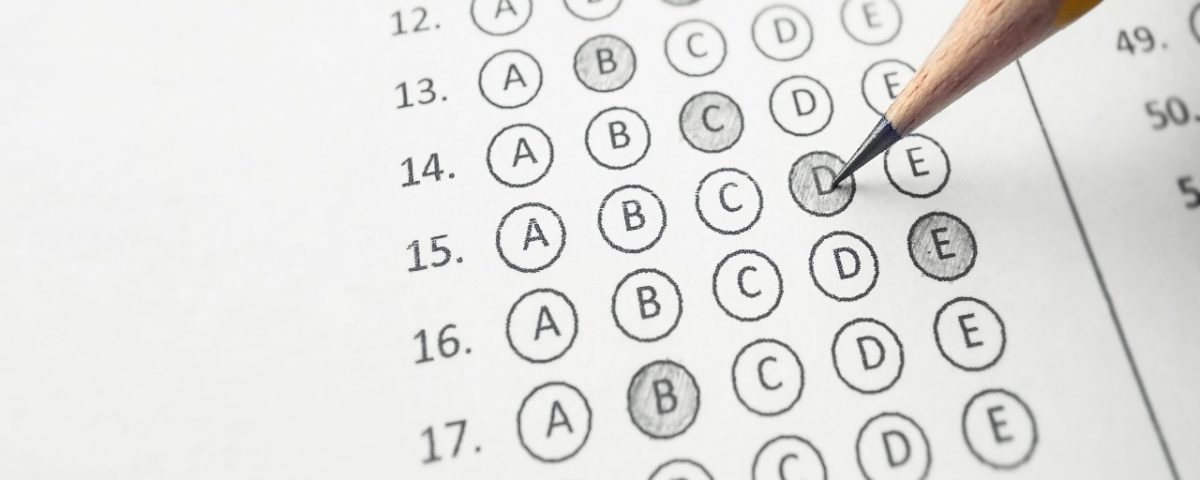Here’s What Standardized Testing Really Measures
Here’s What Standardized Testing Really Measures








Standardized tests are touted as predictors of future success — but studies show they don’t always live up to that promise.
For high school seniors, the first half of their final high school year is spent immersed in SAT prep, college visits, and essay writing. The SAT, in particular, can be daunting — a test that supposedly measures academic skills and serves as a predictor for future success often serves as an understandable source of stress for students hoping to get into their dream school. However, studies show that the SAT, for all its importance in the college decision process, is both learnable as an exam and inaccurate as an indicator of future achievement.
While standardized testing is a reality that most high school seniors have to deal with, examining its relationship to success in life might help mitigate the anxiety it causes in today’s teenagers.
What Does The SAT Measure?
Contrary to common belief, the SAT does not measure “intelligence” — in part because it is, in many ways, a learnable test. Students who study for the SAT see a massive score increase that is directly correlated with how much they study. In fact, the College Board announced that a 115-point average score increase is associated with 20 hours of study, while 6-8 hours of study is associated with a 90-point increase. (“Study,” in this case, is defined as using Khan Academy.) In fact, students who studied improved their scores regardless of gender, race, income, and even high school GPA.
That it is a learnable test indicates that the SAT not only measures aptitude for a very particular test-taking environment but also measures how much a student studies. And while it may be tempting to argue that these factors should be an indicator of future performance in college, studies show that this isn’t the case.
According to a survey conducted by the National Association of College Admissions Counseling, high school GPA provides better insight into college academic success than the SAT or ACT. In a study comparing students who submit standardized test results with their college applications versus those who do not, there was less than a one-percent difference in college GPA and graduation rates. It is unsurprising, then, that standardized testing is no longer the application centerpiece it once was.
Standardized Testing Is Falling Out Of Vogue
Many universities do not require standardized tests in admissions, including Bowdoin, Brandeis, Wesleyan, and over 200 peer institutions. SAT test-taking has also declined in 29 states since 2006 — in some states by over 20 percent. Students who are most likely not to submit standardized test scores include minorities, women, Pell Grant recipients, students with learning disabilities, and first-generation college attendees. In other words, students who are regularly disadvantaged in traditional school systems tend to rely less on the SAT for college admissions and more on other admissions considerations like extracurriculars, GPA, and admissions essays. As schools strive to make their institutions more welcoming of historically underserved populations, it’s likely that the role SAT scores play in the admissions process will become increasingly tertiary.
How Oliverian Relates To Standardized Testing
Oliverian believes in giving students the tools they need to apply to their school of choice. For some, this means studying for and taking the SAT and/or ACT. For others, this means building a portfolio of academic or artistic work.
Oliverian doesn’t force every student to take the SAT or ACT — however, if a student wants to attend a top university, we provide the tools to help them get there. Standardized tests are a means to an end, but never the end itself.
